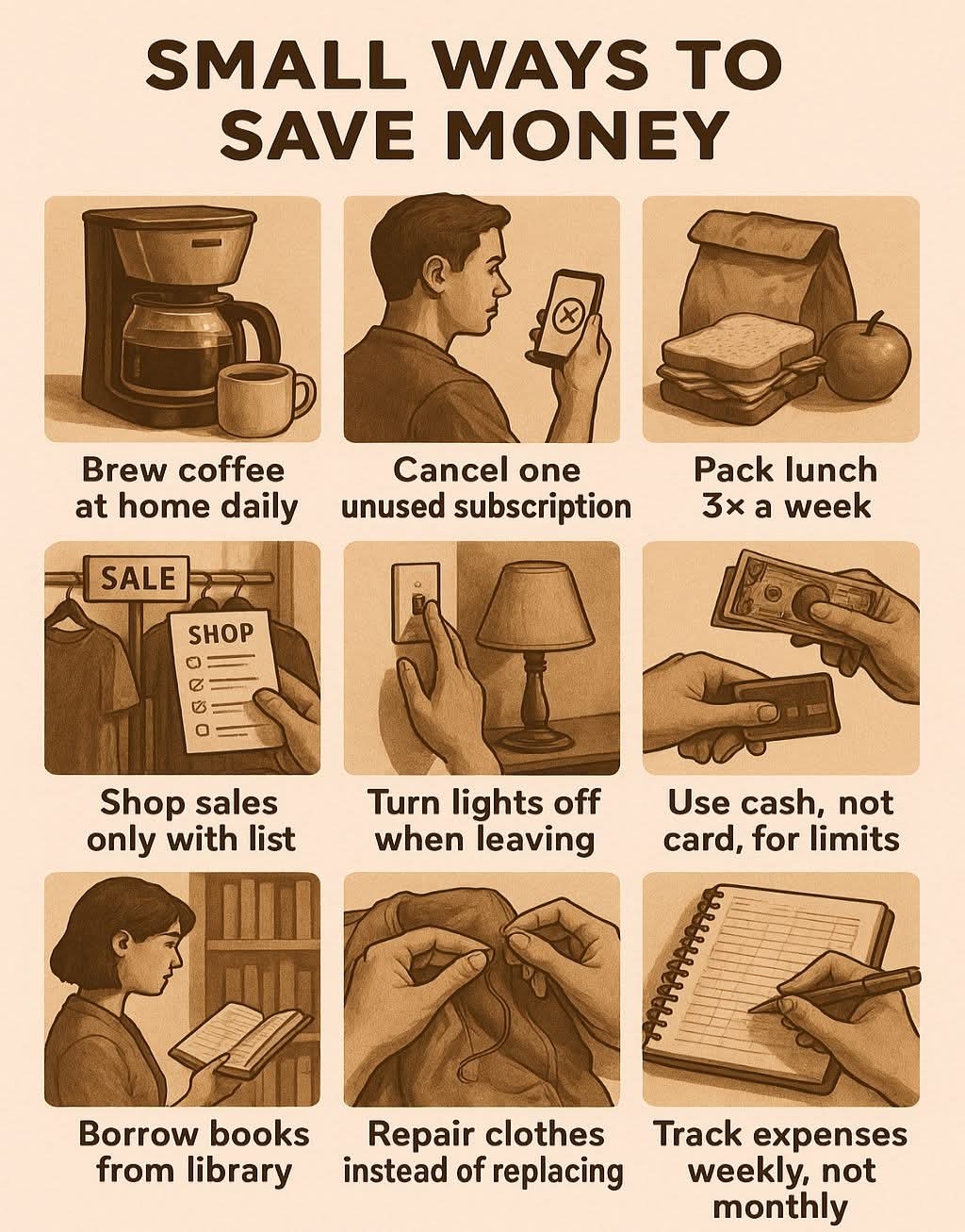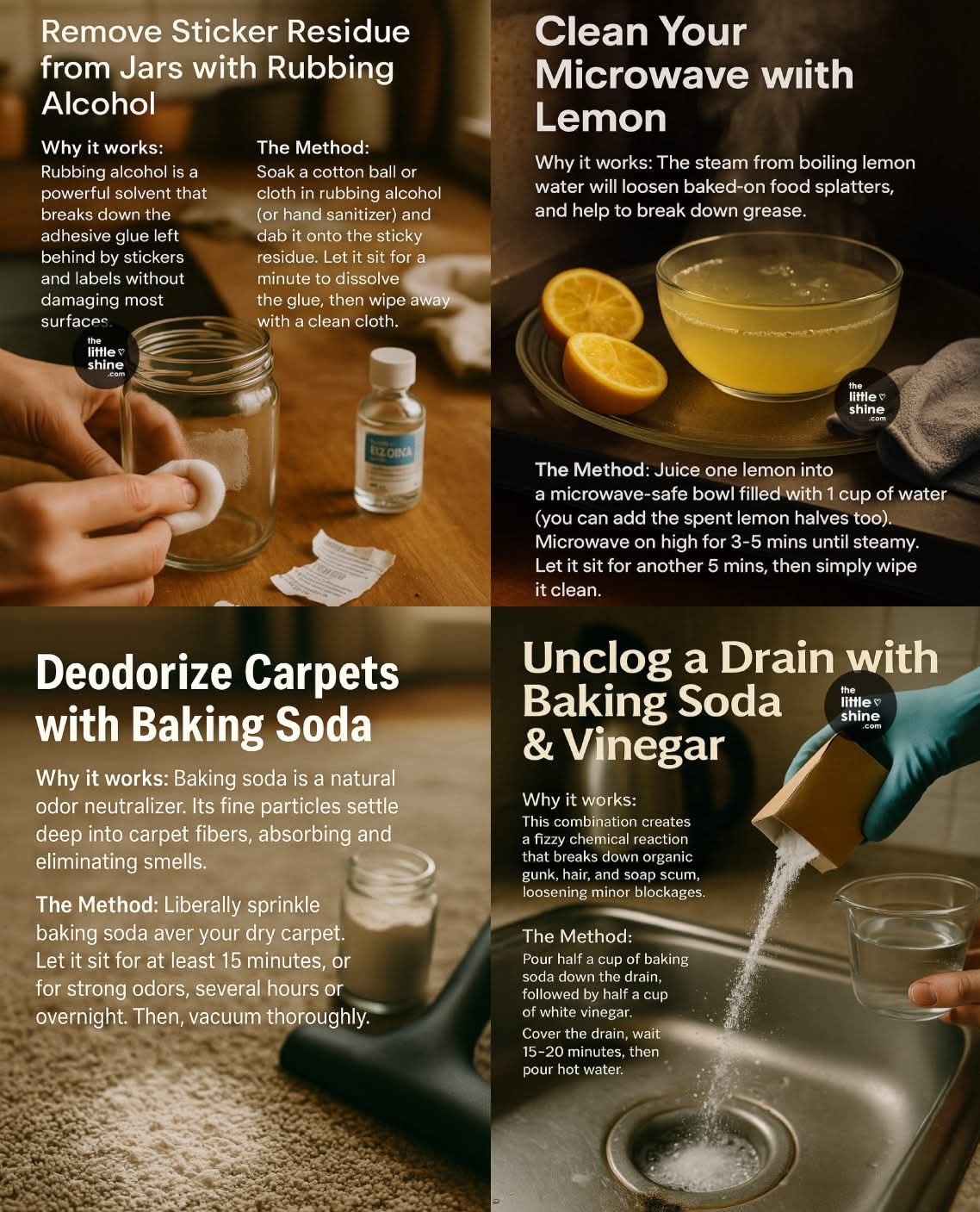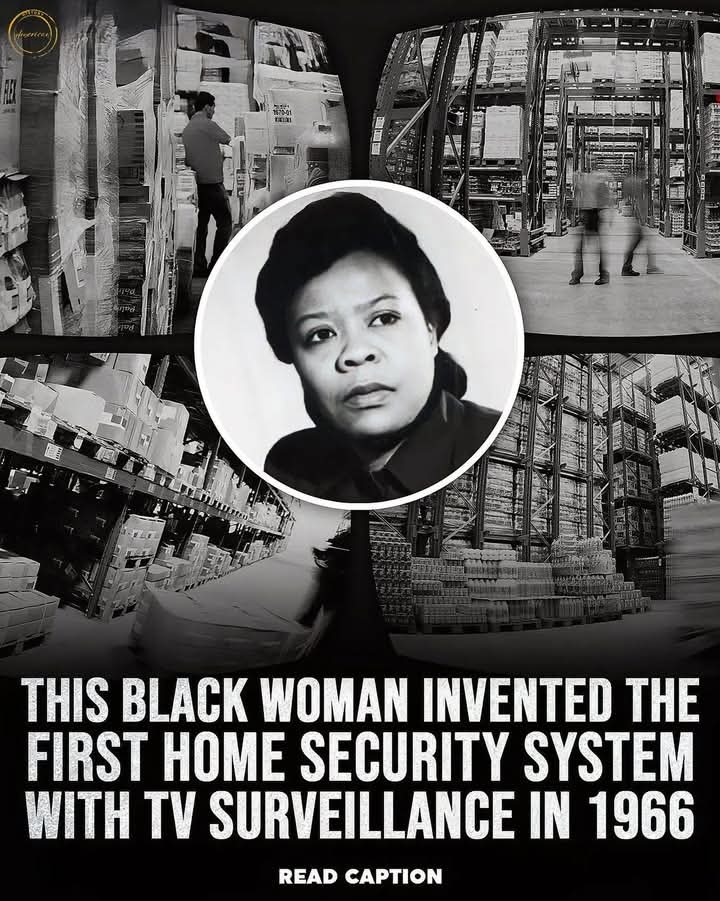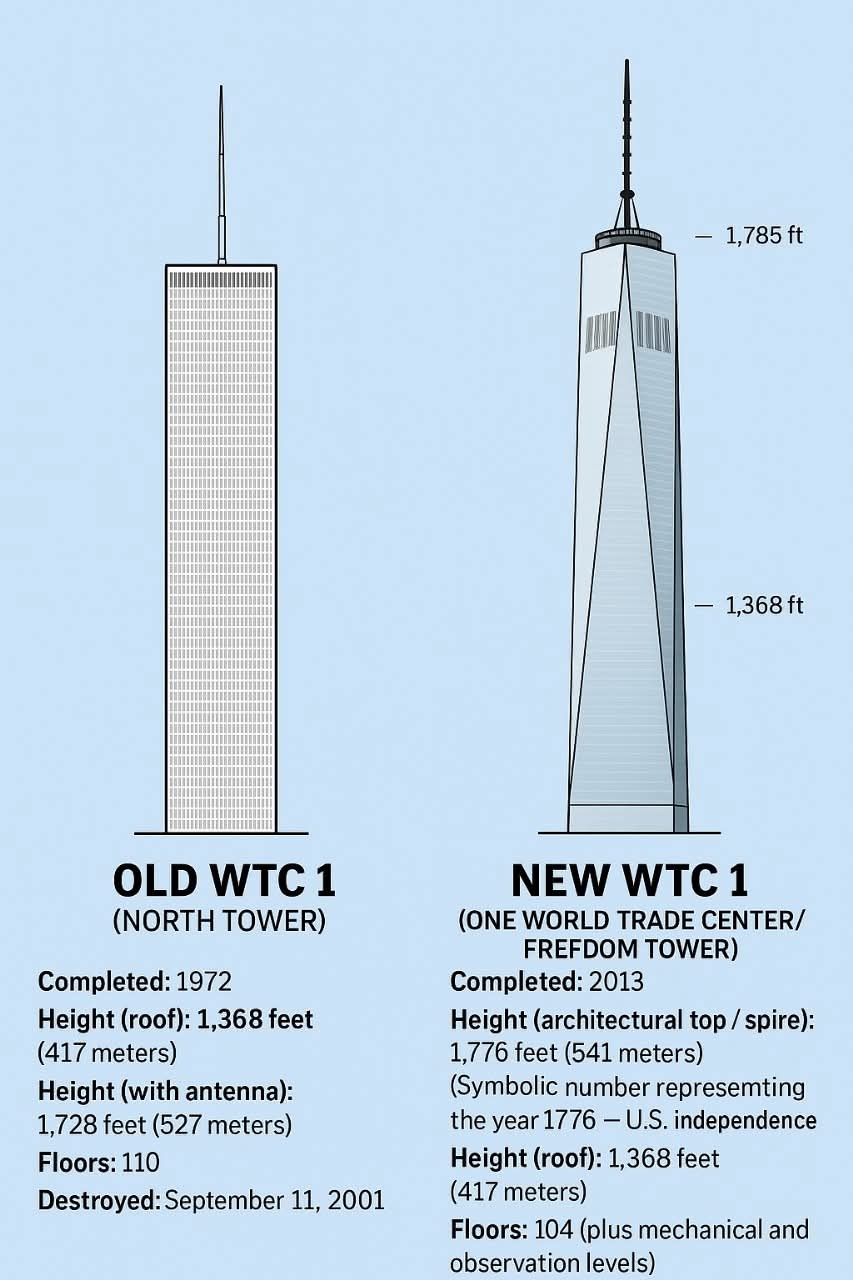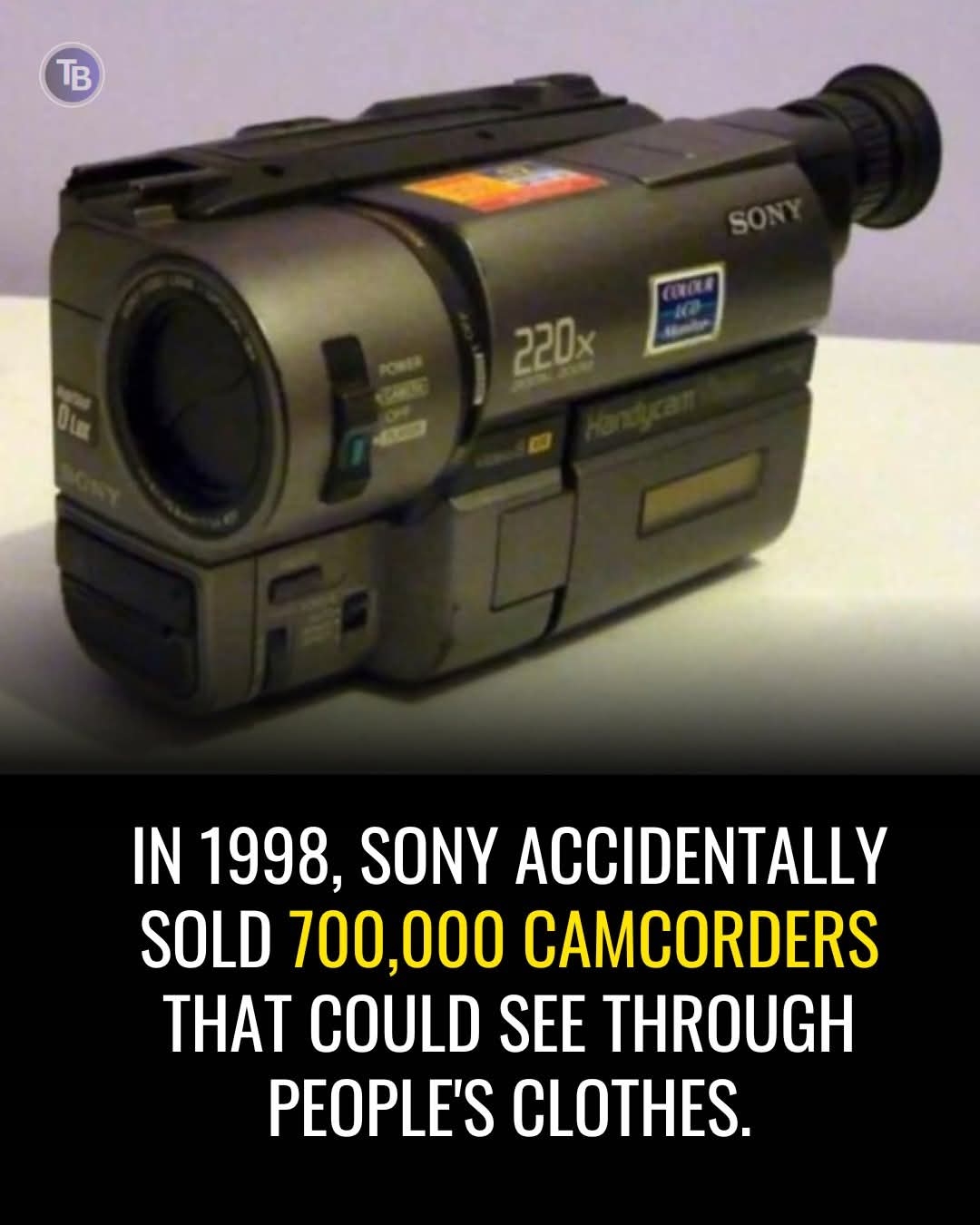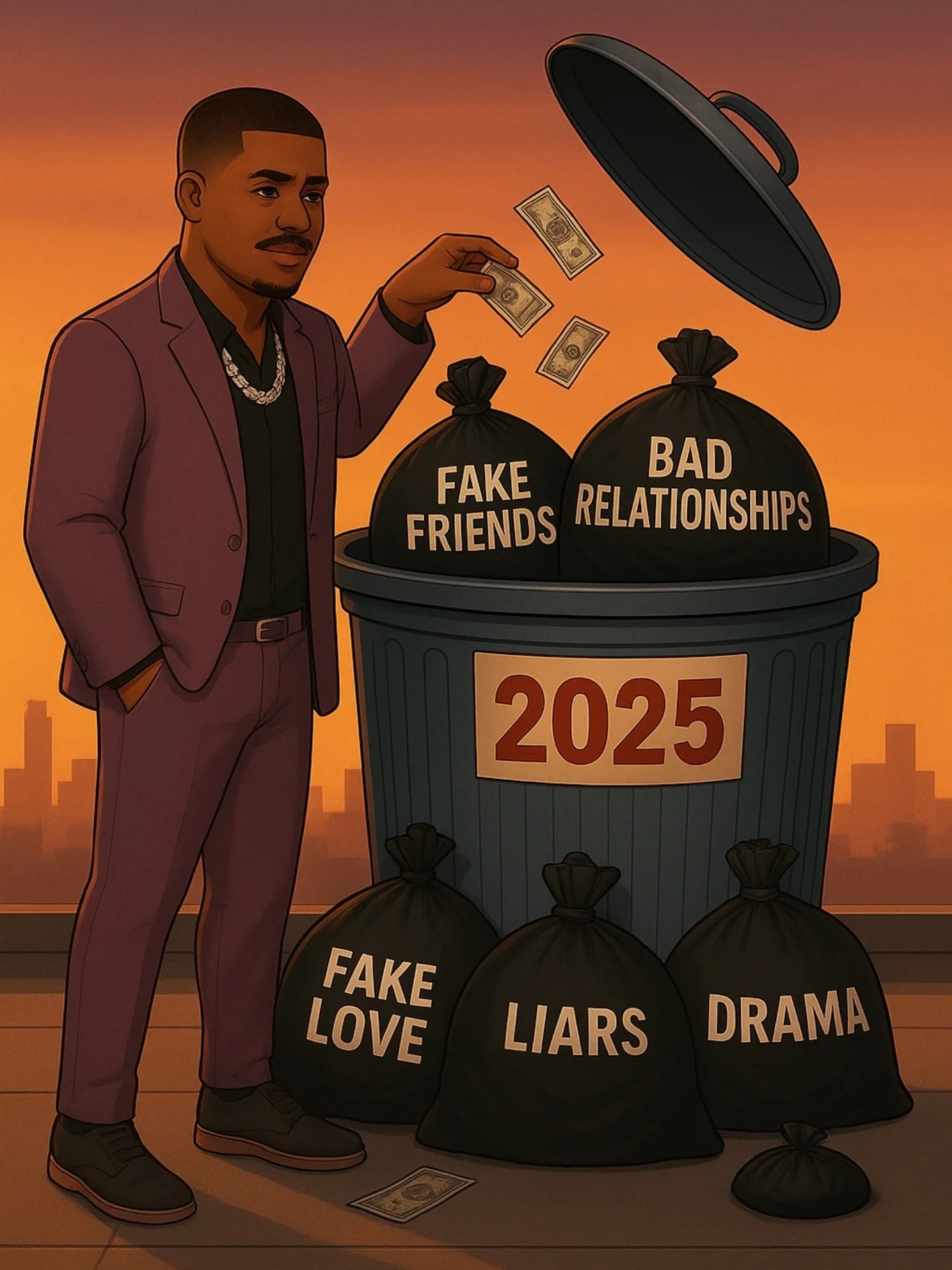0 Comentários
0 Compartilhamentos
14 Visualizações

Diretório
Conheça novas pessoas, crie conexões e faça novos amigos
- Faça Login para curtir, compartilhar e comentar!
- 0 Comentários 0 Compartilhamentos 15 Visualizações
- 0 Comentários 0 Compartilhamentos 16 Visualizações
- 0 Comentários 0 Compartilhamentos 14 Visualizações
- Unclog a Drain with Baking Soda & Vinegar
Why it works: This classic combination creates a fizzy chemical reaction that helps break down organic gunk, hair, and soap scum, loosening minor blockages.
The Method: Pour half a cup of baking soda down the drain, followed immediately by half a cup of white vinegar. Cover the drain to contain the fizz, wait 15-20 minutes, then flush with a pot of boiling hot water.
Remove Water Stains with Mayonnaise
Why it works: The oils in mayonnaise can penetrate the wood finish and displace the moisture trapped inside, making the white, cloudy ring disappear.
The Method: Apply a small dollop of full-fat mayonnaise directly to the water stain on your wood table. Let it sit for 15 minutes to several hours, then wipe clean with a soft cloth and polish as usual.
Clean Your Microwave with Lemon
Why it works: The steam from boiling lemon water will loosen baked-on food splatters, and the citric acid helps to break down grease, making it easy to wipe clean.
The Method: Juice one lemon into a microwave-safe bowl filled with 1 cup of water (you can add the spent lemon halves too). Microwave on high for 3-5 minutes until the window is steamy. Let it sit for another 5 minutes, then simply wipe the interior clean.
Remove Sticker Residue with Rubbing Alcohol
Why it works: Rubbing alcohol is a powerful solvent that breaks down the adhesive glue left behind by stickers and labels without damaging most surfaces.
The Method: Soak a cotton ball or cloth in rubbing alcohol (or hand sanitizer) and dab it onto the sticky residue. Let it sit for a minute to dissolve the glue, then wipe away with a clean cloth.
Deodorize Carpets with Baking Soda
Why it works: Baking soda is a natural odor neutralizer. Its fine particles settle deep into carpet fibers, absorbing and eliminating smells instead of just covering them up.
The Method: Liberally sprinkle baking soda over your dry carpet. Let it sit for at least 15 minutes, or for strong odors, several hours or overnight. Then, vacuum thoroughly.
Remove Pet Hair with a Rubber Glove
Why it works: The rubber creates friction and static electricity, which attracts and lifts pet hair from upholstery, carpets, and clothing much more effectively than many brushes.
The Method: Put on a clean, damp rubber glove (like a dishwashing glove). Run your hand over the fabric in one direction—the hair will ball up for easy pickup.Unclog a Drain with Baking Soda & Vinegar Why it works: This classic combination creates a fizzy chemical reaction that helps break down organic gunk, hair, and soap scum, loosening minor blockages. The Method: Pour half a cup of baking soda down the drain, followed immediately by half a cup of white vinegar. Cover the drain to contain the fizz, wait 15-20 minutes, then flush with a pot of boiling hot water. Remove Water Stains with Mayonnaise Why it works: The oils in mayonnaise can penetrate the wood finish and displace the moisture trapped inside, making the white, cloudy ring disappear. The Method: Apply a small dollop of full-fat mayonnaise directly to the water stain on your wood table. Let it sit for 15 minutes to several hours, then wipe clean with a soft cloth and polish as usual. Clean Your Microwave with Lemon Why it works: The steam from boiling lemon water will loosen baked-on food splatters, and the citric acid helps to break down grease, making it easy to wipe clean. The Method: Juice one lemon into a microwave-safe bowl filled with 1 cup of water (you can add the spent lemon halves too). Microwave on high for 3-5 minutes until the window is steamy. Let it sit for another 5 minutes, then simply wipe the interior clean. Remove Sticker Residue with Rubbing Alcohol Why it works: Rubbing alcohol is a powerful solvent that breaks down the adhesive glue left behind by stickers and labels without damaging most surfaces. The Method: Soak a cotton ball or cloth in rubbing alcohol (or hand sanitizer) and dab it onto the sticky residue. Let it sit for a minute to dissolve the glue, then wipe away with a clean cloth. Deodorize Carpets with Baking Soda Why it works: Baking soda is a natural odor neutralizer. Its fine particles settle deep into carpet fibers, absorbing and eliminating smells instead of just covering them up. The Method: Liberally sprinkle baking soda over your dry carpet. Let it sit for at least 15 minutes, or for strong odors, several hours or overnight. Then, vacuum thoroughly. Remove Pet Hair with a Rubber Glove Why it works: The rubber creates friction and static electricity, which attracts and lifts pet hair from upholstery, carpets, and clothing much more effectively than many brushes. The Method: Put on a clean, damp rubber glove (like a dishwashing glove). Run your hand over the fabric in one direction—the hair will ball up for easy pickup.0 Comentários 0 Compartilhamentos 15 Visualizações - In 1966, Marie Van Brittan Brown, a Black nurse from Queens, New York, made history when she invented the world’s first home security system with TV surveillance. Living in a neighborhood where police response was slow, she wanted a way to feel safer at home. Her design included a camera that could move between peepholes in the front door, a monitor inside the house, and even a microphone to speak with visitors. She also built in an emergency button to alert authorities. Brown received a patent for her invention in 1969, and her groundbreaking work became the foundation for modern home security systems used across the world today. A true pioneer, she not only protected her own family but also changed the way we all think about safety in our homes.In 1966, Marie Van Brittan Brown, a Black nurse from Queens, New York, made history when she invented the world’s first home security system with TV surveillance. Living in a neighborhood where police response was slow, she wanted a way to feel safer at home. Her design included a camera that could move between peepholes in the front door, a monitor inside the house, and even a microphone to speak with visitors. She also built in an emergency button to alert authorities. Brown received a patent for her invention in 1969, and her groundbreaking work became the foundation for modern home security systems used across the world today. A true pioneer, she not only protected her own family but also changed the way we all think about safety in our homes.0 Comentários 0 Compartilhamentos 14 Visualizações
- The captivating Pam Grier, photographed in 1974, continues to command attention fifty+ years later.The captivating Pam Grier, photographed in 1974, continues to command attention fifty+ years later.0 Comentários 0 Compartilhamentos 14 Visualizações
- Here’s a clear comparison between the old World Trade Center (WTC 1) and the new One World Trade Center (often called the Freedom Tower):
🏙 Old WTC 1 (North Tower)
Official Name: World Trade Center 1 (North Tower)
Completed: 1972
Height (roof): 1,368 feet (417 meters)
Height (with antenna): 1,728 feet (527 meters)
Floors: 110
Destroyed: September 11, 2001
New WTC 1 (One World Trade Center / Freedom Tower)
Completed: 2013
Height (architectural top / spire): 1,776 feet (541 meters)
(Symbolic number representing the year 1776 — U.S. independence)
Height (roof): 1,368 feet (417 meters) — the same as the old North Tower’s roof height.
Floors: 104 (plus mechanical and observation levels)
Quick Summary:
Both towers reach 1,368 ft to the roof, but the new WTC 1’s spire makes it the tallest building in the Western Hemisphere at 1,776 ft.
The old North Tower was slightly shorter if you compare total height (its antenna wasn’t part of the official architectural height).Here’s a clear comparison between the old World Trade Center (WTC 1) and the new One World Trade Center (often called the Freedom Tower): 🏙 Old WTC 1 (North Tower) Official Name: World Trade Center 1 (North Tower) Completed: 1972 Height (roof): 1,368 feet (417 meters) Height (with antenna): 1,728 feet (527 meters) Floors: 110 Destroyed: September 11, 2001 🗽 New WTC 1 (One World Trade Center / Freedom Tower) Completed: 2013 Height (architectural top / spire): 1,776 feet (541 meters) (Symbolic number representing the year 1776 — U.S. independence) Height (roof): 1,368 feet (417 meters) — the same as the old North Tower’s roof height. Floors: 104 (plus mechanical and observation levels) ✅ Quick Summary: Both towers reach 1,368 ft to the roof, but the new WTC 1’s spire makes it the tallest building in the Western Hemisphere at 1,776 ft. The old North Tower was slightly shorter if you compare total height (its antenna wasn’t part of the official architectural height).0 Comentários 0 Compartilhamentos 16 Visualizações - In 1998, a surprising controversy hit Sony when it was discovered that around 700,000 of its camcorders had an unintended feature. The Sony Handycam CCD-TRV65 was built with an infrared "Night Vision" mode for low-light recording. However, when used in daylight with an infrared filter, the device could effectively see through certain thin fabrics and swimsuits, creating an unexpected X-ray-like effect. This accidental capability quickly led to a media frenzy and alarm among the public.
What was meant to be a simple feature for nighttime recording suddenly became a major privacy concern. Parents and privacy advocates were especially worried about the potential for misuse. The incident forced Sony to take immediate action. The company promptly recalled the camcorders and discontinued the feature to prevent any further controversy, putting a swift end to what was becoming a significant scandal.
The event remains a fascinating example of the unintended consequences of technology. While Sony had no malicious intent, the camcorders sparked important debates about surveillance, ethics, and consumer privacy that are still relevant today. This story serves as a memorable piece of tech history and a powerful reminder that even the most innovative tools require careful and thorough testing.
#TechHistory #Privacy #UnintendedConsequencesIn 1998, a surprising controversy hit Sony when it was discovered that around 700,000 of its camcorders had an unintended feature. The Sony Handycam CCD-TRV65 was built with an infrared "Night Vision" mode for low-light recording. However, when used in daylight with an infrared filter, the device could effectively see through certain thin fabrics and swimsuits, creating an unexpected X-ray-like effect. This accidental capability quickly led to a media frenzy and alarm among the public. What was meant to be a simple feature for nighttime recording suddenly became a major privacy concern. Parents and privacy advocates were especially worried about the potential for misuse. The incident forced Sony to take immediate action. The company promptly recalled the camcorders and discontinued the feature to prevent any further controversy, putting a swift end to what was becoming a significant scandal. The event remains a fascinating example of the unintended consequences of technology. While Sony had no malicious intent, the camcorders sparked important debates about surveillance, ethics, and consumer privacy that are still relevant today. This story serves as a memorable piece of tech history and a powerful reminder that even the most innovative tools require careful and thorough testing. #TechHistory #Privacy #UnintendedConsequences0 Comentários 0 Compartilhamentos 17 Visualizações - 0 Comentários 0 Compartilhamentos 14 Visualizações
© 2025 FriendsYouAre  Portuguese
Portuguese




